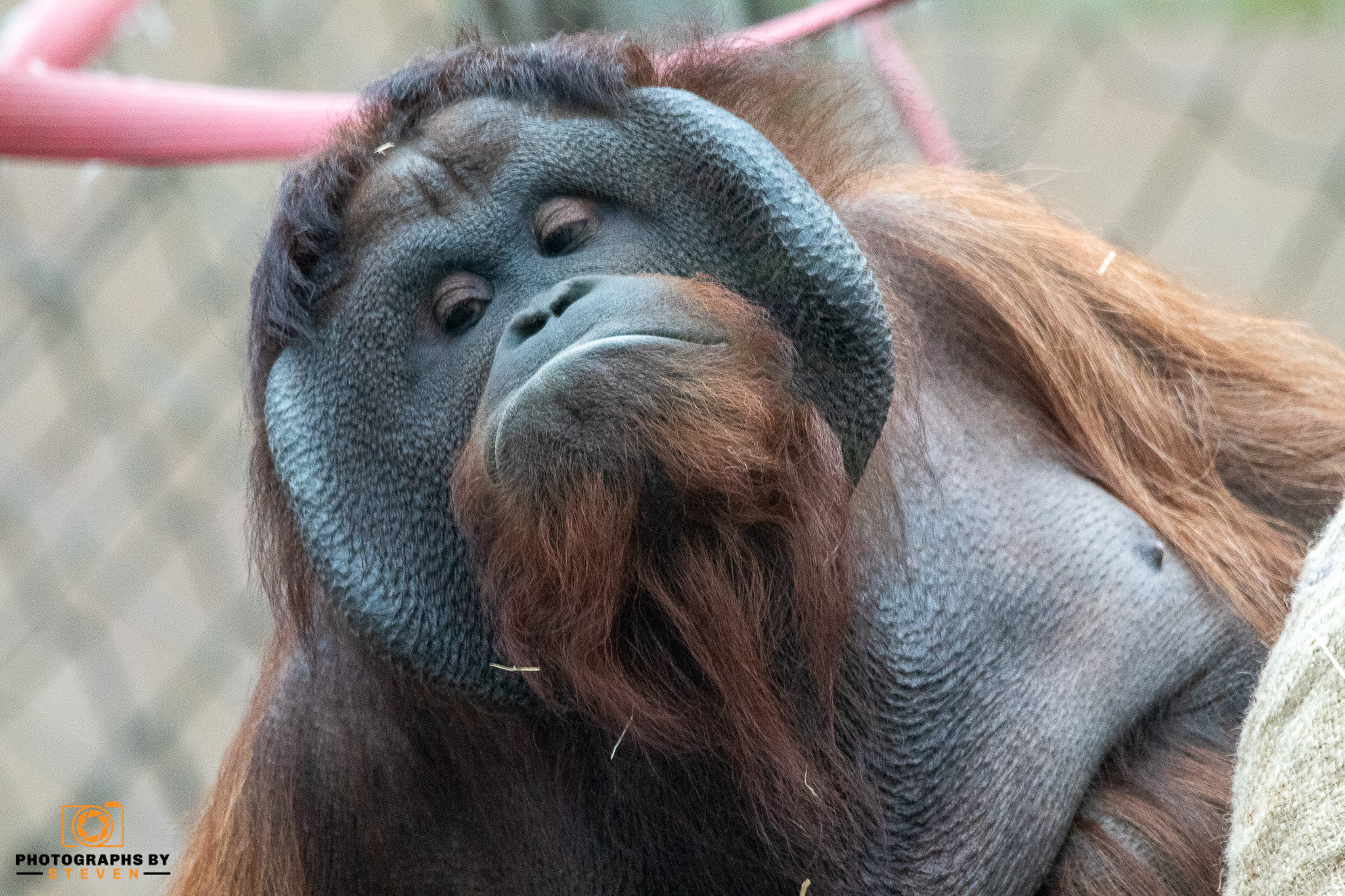How did we arrive at the modern zoo? Do we have it today? It all began thousands of years ago. Ancient civilizations in Mesopotamia, Egypt, and China collected vast collections of wild animals. In around 1490 BC, Queen Hatshepsut established Egypt's first zoo in Thebes. Certain rulers, monasteries, and communities maintained wild animal collections in medieval Europe. The majority of these were private collections known as menageries. The contemporary zoo concept began with transforming from a menagerie to a public facility.
Zoology is derived from the Greek terms 'zion' (animal) and 'logos' (knowledge). The abbreviation zoo only occurred in Britain and was used for the Clifton Zoo in 1847. The modern zoo concept did not emerge until the nineteenth century when the term "zoo" was coined. The Tiergarten Schönbrunn in Vienna is the world's oldest zoo, created in 1752 by the Habsburg monarchy.
Throughout the 1970s, a few zoos began prioritizing conservation, with Gerald Durrel of the Jersey Zoo, George Rabb of the Brookfield Zoo, and William Conway of the Bronx Zoo leading the discussion. Zoos are now used in captive breeding operations, conservation studies, and educational outreach initiatives worldwide.
The Zoo's History
While current zoos are nearly unrecognizable from zoos of the past, the zoo's history can be traced back to Ancient Egypt - roughly 3,000 years ago. It was employed to demonstrate a
ruler's riches and authority back then, with pharaohs commanding wild animals to be captured on their behalf. Exotic species, particularly from tropical locations, were collected by explorers traveling around the world during the age of exploration in the 15th century. As a result, zoos were established in western capital cities to demonstrate their position and might via the size and splendor of their zoo.
The future zoo's role is being expanded.
Zoos and aquariums have a massive global reach, allowing them to design meaningful conservation actions for threatened species, implement educational strategies to encourage human engagement, development, and behavior change, and conduct scientific research to improve the farming, roles, and impacts of the living collection. The zoo also serves a significant leisure function; people like visiting it, and it is often a shared experience among family and friends. Evaluating how the zoo influences this "captive audience" and expanding its reach to include a compassionate approach to animals and people can help its mission, value, and relevance.
Zoos and Their Evolution
If you are an animal lover, environmentalist, or conservationist, you have most likely heard the entire range of zoo criticism. Animals belong in the wild, But what happens if "the wild" vanishes?
Let us first take a step back and examine the history of zoo they've come a long way from the Victorian-era menageries, which were initially intended for the scientific study of animals but quickly became famous as a kind of mass public entertainment:
In 2014, 700 million people visited zoos throughout the world.
Okay, only some zoos excel at involvement. True, not all zoos are excellent. However, that number of visits must have resulted in some relationship with the natural world that would not have occurred otherwise.
Zoos are a type of living museum.
What we learn in captivity about wild animals can assist us in managing and conserving them in the wild. Everything from animal behavior to reproductive rates to food requirements is covered.
Zoos help to raise funds for conservation activities.
I know how tough it is to involve people in conservation activities that take place half a world away. We can, however, improve engagement in international conservation efforts by allowing people to experience wildlife firsthand and using that as a vehicle to communicate a story.
Assisting with emergency response.
An estimated 168 amphibian species have become extinct in the previous 20 years. Aside from habitat degradation, the chytrid fungus has become a lethal danger to global frog populations. Responding to risks like this, especially in small or medium-sized vertebrates, is undoubtedly one of the most critical functions of zoos worldwide. Many zoos have established specialized amphibian facilities and are pioneering treatment and breeding programs.
They remind us that we can achieve our goals.
Conservation is full of immoral news tales, but several times, I've stood in front of a species that shouldn't exist. On a dreary Winter day on London's outskirts, I stood watching Nene, the world's rarest goose at the time (now, incidentally, successfully reintroduced). I peered through the mesh fence at Antsohihy, Madagascar's lone colony of Malagasy pochard, a duck thought to be extinct for years before being discovered. In the UK, I stood there as a Bali Myna, a bird with a wild population of less than 100, flew over my head (but thankfully more than 1000 in captivity).
Conclusion
Modern zoos demonstrate essential conservation and research activities and serve as a center of interest and focus for many thousands of visitors each year for public participation. For the past 40 years, the four primary purposes of the modern zoo have provided a clear account of zoos' historical efforts and how they have worked to conserve and safeguard biodiversity. To further advance zoo operations into the twenty-first century, the fifth goal of the future zoo should be to promote well-being. Improving animal lives, conservation messaging, and the potential for human behavior change, all of which are supported (in turn) by a well-maintained living collection that uses evidence to inform practice.



Leave me a comment
Thank you for reading my post, if you want to leave a comment, you can do so below.